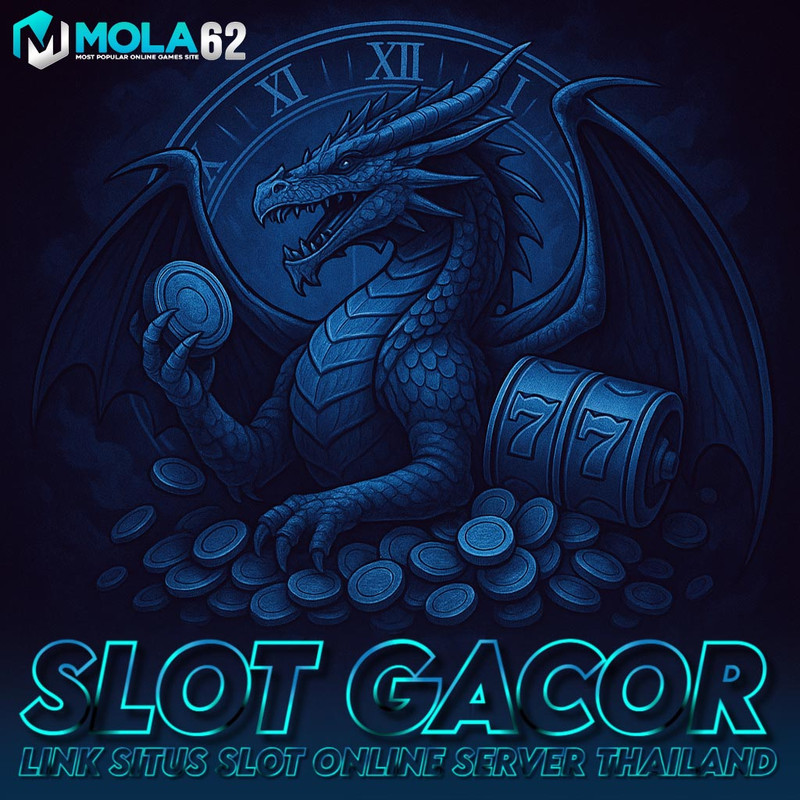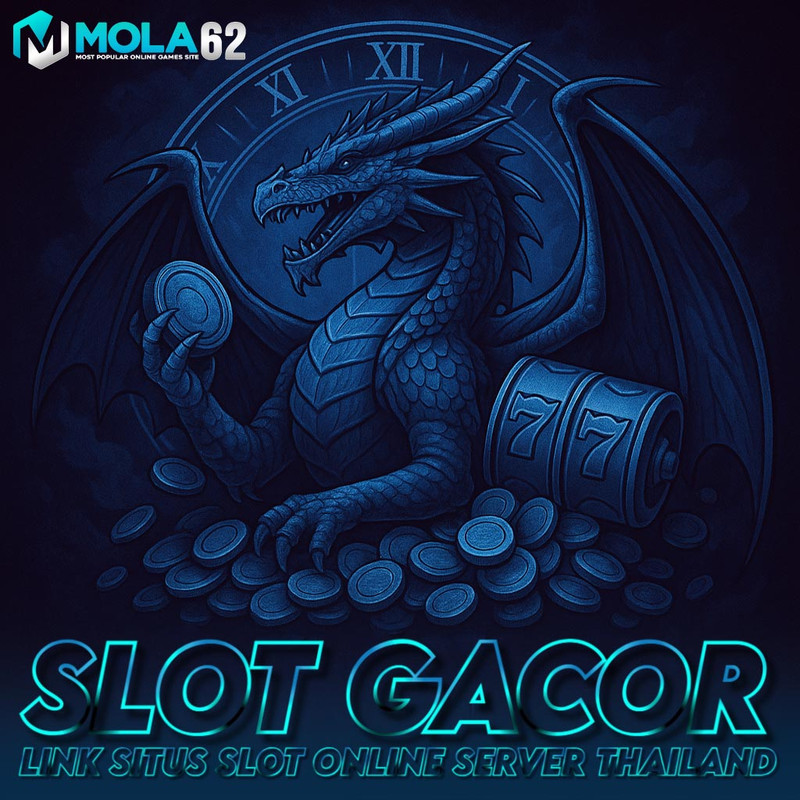Best seller! 37.078 terjual hanya dalam 12 jam.
Harga: Rp 20,000.
Normal: Rp 200,000-
Event Segera Berakhir Dalam 3 x 24 Jam !!!
MOLA62 menjadi situs online terpercaya yang menghadirkan link terbaru untuk bermain games slot gacor server thailand dengan sistem paling aman dan memiliki tingkat kemudahan mendapatkan kemenangan maxwin sangat tinggi.
Star Seller
Star Sellers have an outstanding track record for providing a great customer experience—they consistently earned 5-star reviews, shipped orders on time, and replied quickly to any messages they received.
-
1. Enter Name/Text
2. Color of Yarn (Default color is white yarn if none selected)
*This is oversized jumper, select one size smaller for a more fitting look0/1024
You can only make an offer when buying a single item
MOLA62 secara konsisten memperoleh ulasan bintang 5 dari para pemain setianya. Kalau soal kredibilitas, situs ini sudah terbukti. Hadiah langsung cair tanpa ribet, pelayanan ramah, dan transaksi instan bikin para member nggak ragu kasih nilai penuh setiap kali memberikan ulasan.
Highlights
MOLA62 menjadi situs online terpercaya yang menghadirkan link terbaru untuk bermain games slot gacor server thailand dengan sistem paling aman dan memiliki tingkat kemudahan mendapatkan kemenangan maxwin sangat tinggi.
-
Pesan hari ini dan akan tiba pada: Oct 08-16
Jika anda bermain di situs SLOT GACOR yang memiliki lisensi resmi seperti MOLA62. Anda berhak mendapatkan hadiah tambahan yang besar hari ini.
-
Pengembalian dan penukaran tidak diterima
Namun, silakan hubungi saya jika Anda memiliki masalah dengan pesanan Anda
-
Cost to ship: Rp Free
-
Ships from: Jakarta Pusat, Indonesia
There was a problem calculating your shipping. Please try again.
Perlindungan Pembelian
Mola62 selalu menghadirkan pengalaman terbaik, di mana keseruan bermain slot dan game pilihan Anda terasa mulus dan menyenangkan.
see program terms
Captcha failed to load. Try using a different browser or disabling ad blockers.
4.9 out of 5
(19.6k Reviews)
Genuine feedback from real players
Baru daftar tadi malam, pagi-pagi udah dapat kemenangan kecil tapi lumayan. Link slot gacornya mantap sih.
Aku udah coba beberapa link sebelumnya, tapi yang dari link ini paling lancar dan gampang menang. Recommended banget!
Scatter dan bonusnya sering muncul, main di sini seru banget. Link slot gacor MOLA62 bikin mood auto happy.
beneran deh scatter-nya sering banget keluar, seneng banget!
Photos from reviews


This seller usually responds within 24 hours.
Smooth shipping Has a history of shipping on time with tracking.
Speedy replies Has a history of replying to messages quickly.
Rave reviews Average review rating is 4.8 or higher.
Disclaimer: Informasi yang ada di halaman ini hanya ditujukan sebagai hiburan dan referensi tambahan. Jika anda mencari pengalaman bermain slot online terpercaya, MOLA62 merupakan pilihan terbaik. Di sini, anda bisa mendapatkan update link slot gacor hari ini, bocoran rtp terbaru, hingga berbagai permainan menarik dengan peluang menang yang lebih besar.




